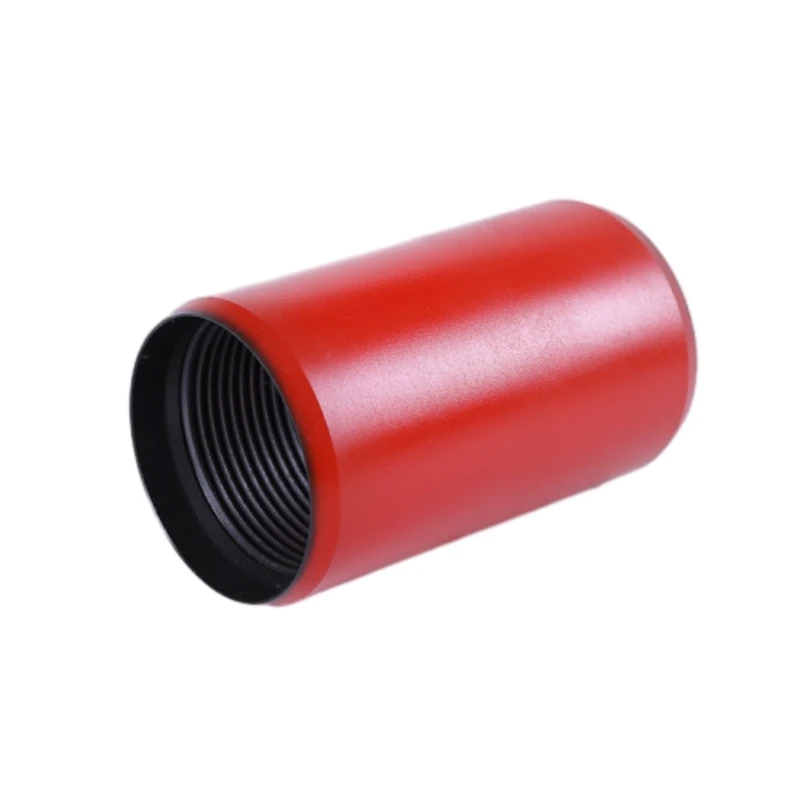- Afrikaans
- Albanian
- Amharic
- Arabic
- Armenian
- Azerbaijani
- Basque
- Belarusian
- Bengali
- Bosnian
- Bulgarian
- Catalan
- Cebuano
- Corsican
- Croatian
- Czech
- Danish
- Dutch
- English
- Esperanto
- Estonian
- Finnish
- French
- Frisian
- Galician
- Georgian
- German
- Greek
- Gujarati
- Haitian Creole
- hausa
- hawaiian
- Hebrew
- Hindi
- Miao
- Hungarian
- Icelandic
- igbo
- Indonesian
- irish
- Italian
- Japanese
- Javanese
- Kannada
- kazakh
- Khmer
- Rwandese
- Korean
- Kurdish
- Kyrgyz
- Lao
- Latin
- Latvian
- Lithuanian
- Luxembourgish
- Macedonian
- Malgashi
- Malay
- Malayalam
- Maltese
- Maori
- Marathi
- Mongolian
- Myanmar
- Nepali
- Norwegian
- Norwegian
- Occitan
- Pashto
- Persian
- Polish
- Portuguese
- Punjabi
- Romanian
- Russian
- Samoan
- Scottish Gaelic
- Serbian
- Sesotho
- Shona
- Sindhi
- Sinhala
- Slovak
- Slovenian
- Somali
- Spanish
- Sundanese
- Swahili
- Swedish
- Tagalog
- Tajik
- Tamil
- Tatar
- Telugu
- Thai
- Turkish
- Turkmen
- Ukrainian
- Urdu
- Uighur
- Uzbek
- Vietnamese
- Welsh
- Bantu
- Yiddish
- Yoruba
- Zulu
what are the differences between casing and tubing?
Understanding the Differences Between Casing and Tubing in Oil and Gas Operations
In the realm of oil and gas drilling, the terms casing and tubing are fundamental components that play distinct yet interconnected roles in the overall operation. Both casing and tubing serve essential functions in maintaining well integrity and ensuring the efficient extraction of hydrocarbons from sub-surface formations. While they may seem similar at first glance, understanding their differences is crucial for anyone involved in the oil and gas industry.
Definition and Purpose
Casing is a series of steel pipes that are installed in the drilled wellbore to provide structural support and prevent the walls of the well from collapsing. Its primary purpose is to isolate different underground formations and protect the freshwater aquifers, thereby preventing contamination. Casing also provides a conduit for the safe transport of oil and gas from the production zone to the surface.
In contrast, tubing refers to the smaller-diameter pipes that are placed inside the casing. Its primary function is to transport the hydrocarbons from the reservoir to the surface. Tube installations are designed to withstand high pressure and corrosion from the produced fluids. Tubing is typically removable, allowing for maintenance and replacement if issues arise during production.
Material and Design
Casing pipes are generally designed to withstand massive external pressures and harsh environmental conditions. They are made from sturdy materials like carbon steel or stainless steel, which can endure the mechanical stresses encountered during drilling. The size of casing pipes can vary based on the specific requirements of the well, typically ranging from 7 inches to 20 inches in diameter.
what are the differences between casing and tubing?

On the other hand, tubing is manufactured from lighter materials, though it still needs to be robust to handle the internal pressures of the hydrocarbons. Tubing diameters are smaller than casing, often ranging from 2.5 to 5 inches, and is designed to be easily installed and removed. The selection of materials for tubing often includes special alloys that provide excellent resistance to corrosion and wear caused by the chemicals in the produced fluid.
Installation Process
The installation process of casing and tubing differs significantly. Casing is installed after the drilling operation has reached the desired depth. It involves lowering the casing sections into the wellbore and cementing them in place to ensure structural integrity and zonal isolation. The cement serves as a barrier to prevent fluid movement between different formations.
Tubing, however, is installed after the casing has been set and cemented. Its installation is more straightforward; the tubing is run through the casing to the bottom of the well, where it connects to the production zone. Once in place, the tubing helps facilitate the flow of oil or gas to the surface.
Operational Differences
One of the key operational differences between casing and tubing lies in their maintenance and accessibility. Casing remains in the well and is generally not removed after installation unless a significant problem arises, such as damage or wear. Conversely, tubing is designed for ease of removal. If production challenges occur, operators can pull out the tubing string, inspect or replace it, and reinsert it without extensive intervention on the entire well structure.
In summary, while casing and tubing may serve similar functions in terms of transporting hydrocarbons, their distinct roles, manufacturing materials, installation processes, and maintenance approaches highlight their importance in oil and gas operations. Understanding these differences is essential for professionals within the industry as it ensures efficient and safe drilling and production activities. Each component is critical in safeguarding the well, optimizing production, and minimizing environmental risks.
-
Tubing Pup Joints: Essential Components for Oil and Gas OperationsNewsJul.10,2025
-
Pup Joints: Essential Components for Reliable Drilling OperationsNewsJul.10,2025
-
Pipe Couplings: Connecting Your World EfficientlyNewsJul.10,2025
-
Mastering Oilfield Operations with Quality Tubing and CasingNewsJul.10,2025
-
High-Quality Casing Couplings for Every NeedNewsJul.10,2025
-
Boost Your Drilling Efficiency with Premium Crossover Tools & Seating NipplesNewsJul.10,2025







